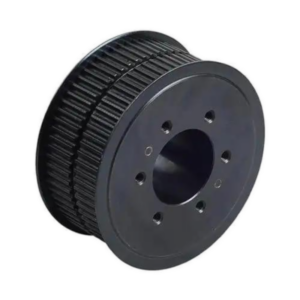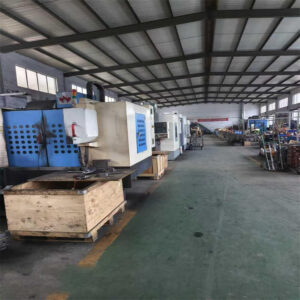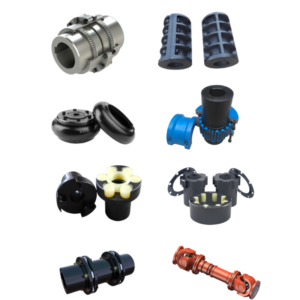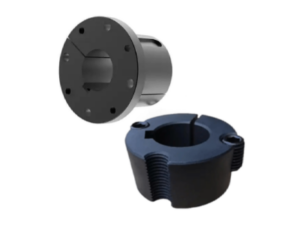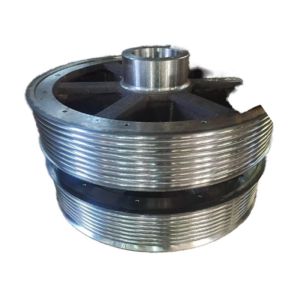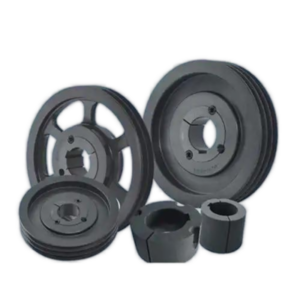Mechanical synchronous pulleys are typically named according to international standards (such as ISO, RMA, DIN) or manufacturer-specific conventions. Different standards and brands may use varying naming schemes. Below are common naming methods with comparative examples.
1. By Tooth Profile Standard
(1) Metric Trapezoidal Tooth (ISO 5296)
- Naming Rule:
Model+Tooth Count+Additional Features- Model: T2.5, T5, T10 (number indicates pitch in mm)
- Examples:
T5-30: Trapezoidal tooth, 5mm pitch, 30 teeth.T10-50-F: Trapezoidal tooth, 10mm pitch, 50 teeth, with flange (F).
(2) Curvilinear Tooth (HTD/STS/GT, etc.)
- HTD (High Torque Drive):
- Naming Rule:
HTD+Pitch+Tooth Count - Example:
HTD 8M-40(8mm pitch, 40 teeth).
- Naming Rule:
- GT (Gates GT Series):
- Example:
GT3-24(3mm pitch, 24 teeth).
- Example:
(3) Imperial Curvilinear Tooth (MXL/XL/L/H/XH, etc.)
- Imperial Standard (common in low-power transmissions):
- MXL (finest), XL, L, H, XH (from fine to coarse).
- Example:
L-075(L-type tooth, 75 teeth).
2. By Pulley Structure
(1) Simple Type (No Flange)
- Example:
S3M-18(S = simple, 3M tooth profile, 18 teeth).
(2) Flanged Type (Anti-Dislodgment)
- Example:
T5-25-F(F = flange).
(3) Double-Sided Pulley (Two Sets of Teeth)
- Example:
XL-50D(D = double-sided, 50 teeth).
3. Manufacturer-Specific Naming
(1) Gates
- Example:
555-8M-30(555 series, 8mm pitch, 30 teeth).
(2) Mitsumi
- Example:
MTS3MR-20(MTS series, 3M tooth profile, R = material, 20 teeth).
4. Comparison Examples
| Standard/Brand | Example Model | Interpretation |
|---|---|---|
| ISO Trapezoidal | T10-40-F | Trapezoidal tooth, 10mm pitch, 40 teeth, with flange. |
| HTD Curvilinear | HTD 5M-25 | HTD profile, 5mm pitch, 25 teeth. |
| Gates GT | GT2-16 | GT2 profile, 2mm pitch, 16 teeth. |
| Imperial XL | XL-100 | XL profile, 100 teeth (pitch = 5.08mm). |
| Double-Sided | L-60D | L profile, 60 teeth, double-sided. |
Key Differences
- Pitch Unit: Metric (mm) vs. Imperial (inch).
- Tooth Profile ID: Trapezoidal (T), Curvilinear (HTD/GT), Imperial (XL/L/H).
- Additional Features: Flange (F), Double-sided (D), Material (e.g., R = nylon).
For accurate identification, always refer to equipment manuals or supplier specifications, as compatibility depends on tooth profile parameters (pitch, tooth height, etc.).

